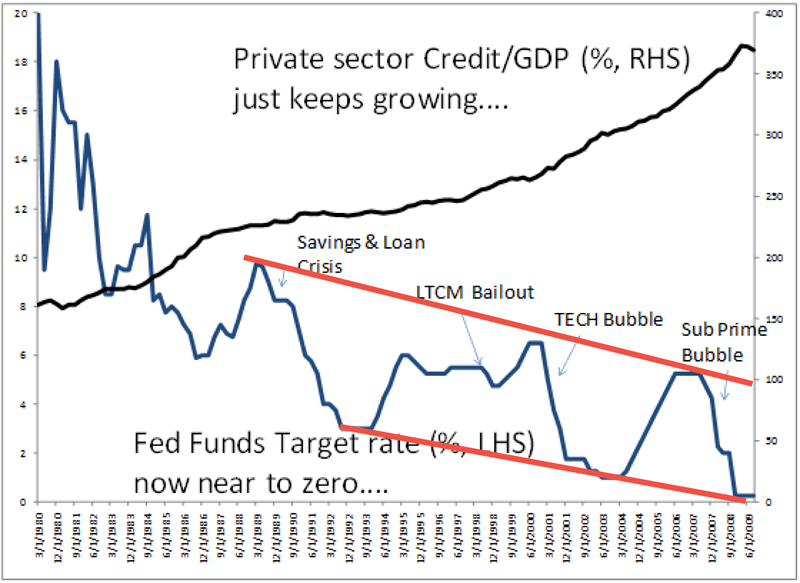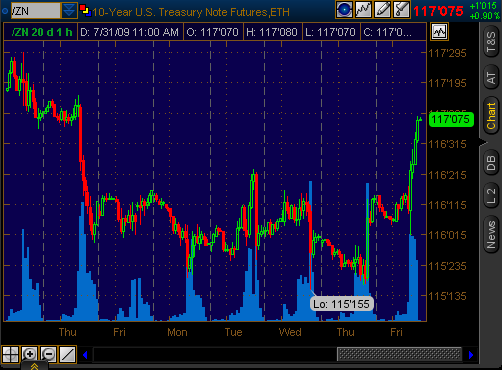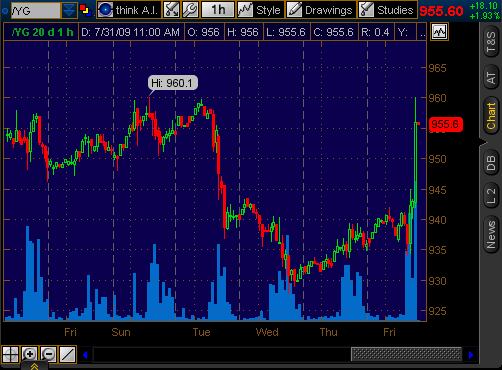Ellen Brown is the author of Web of Debt: The Shocking Truth About Our Money System and How We Can Break Free. She can be reached through her website.
By ELLEN BROWN
Market commentators are fond of talking about “free market capitalism,” but according to Wall Street commentator Max Keiser, it is no more. It has morphed into what his TV co-host Stacy Herbert calls “rigged market capitalism”: all markets today are subject to manipulation for private gain.
Keiser isn’t just speculating about this. He claims to have invented one of the most widely used programs for doing the rigging. Not that that’s what he meant to invent. His patented program was designed to take the manipulation out of markets. It would do this by matching buyers with sellers automatically, eliminating “front running” – brokers buying or selling ahead of large orders coming in from their clients. The computer program was intended to remove the conflict of interest that exists when brokers who match buyers with sellers are also selling from their own accounts. But the program fell into the wrong hands and became the prototype for automated trading programs that actually facilitate front running.
Also called High Frequency Trading (HFT) or “black box trading,” automated program trading uses high-speed computers governed by complex algorithms (instructions to the computer) to analyze data and transact orders in massive quantities at very high speeds. Like the poker player peeking in a mirror to see his opponent’s cards, HFT allows the program trader to peek at major incoming orders and jump in front of them to skim profits off the top. And these large institutional orders are our money — our pension funds, mutual funds, and 401Ks.
When “market making” (matching buyers with sellers) was done strictly by human brokers on the floor of the stock exchange, manipulations and front running were considered an acceptable (if morally dubious) price to pay for continuously “liquid” markets. But front running by computer, using complex trading programs, is an entirely different species of fraud. A minor flaw in the system has morphed into a monster. Keiser maintains that computerized front running with HFT has become the principal business of Wall Street and the primary force driving most of the volume on exchanges, contributing not only to a large portion of trading profits but to the manipulation of markets for economic and political ends.
The “Virtual Specialist”: the Prototype for High Frequency Trading
Until recently, most market making was done by brokers called “specialists,” those people you see on the floor of the New York Stock Exchange haggling over the price of stocks. The job of the specialist originated over a century ago, when the need was recognized for a system for continuous trading. That meant trading even when there was no “real” buyer or seller waiting to take the other side of the trade.







